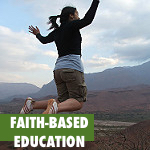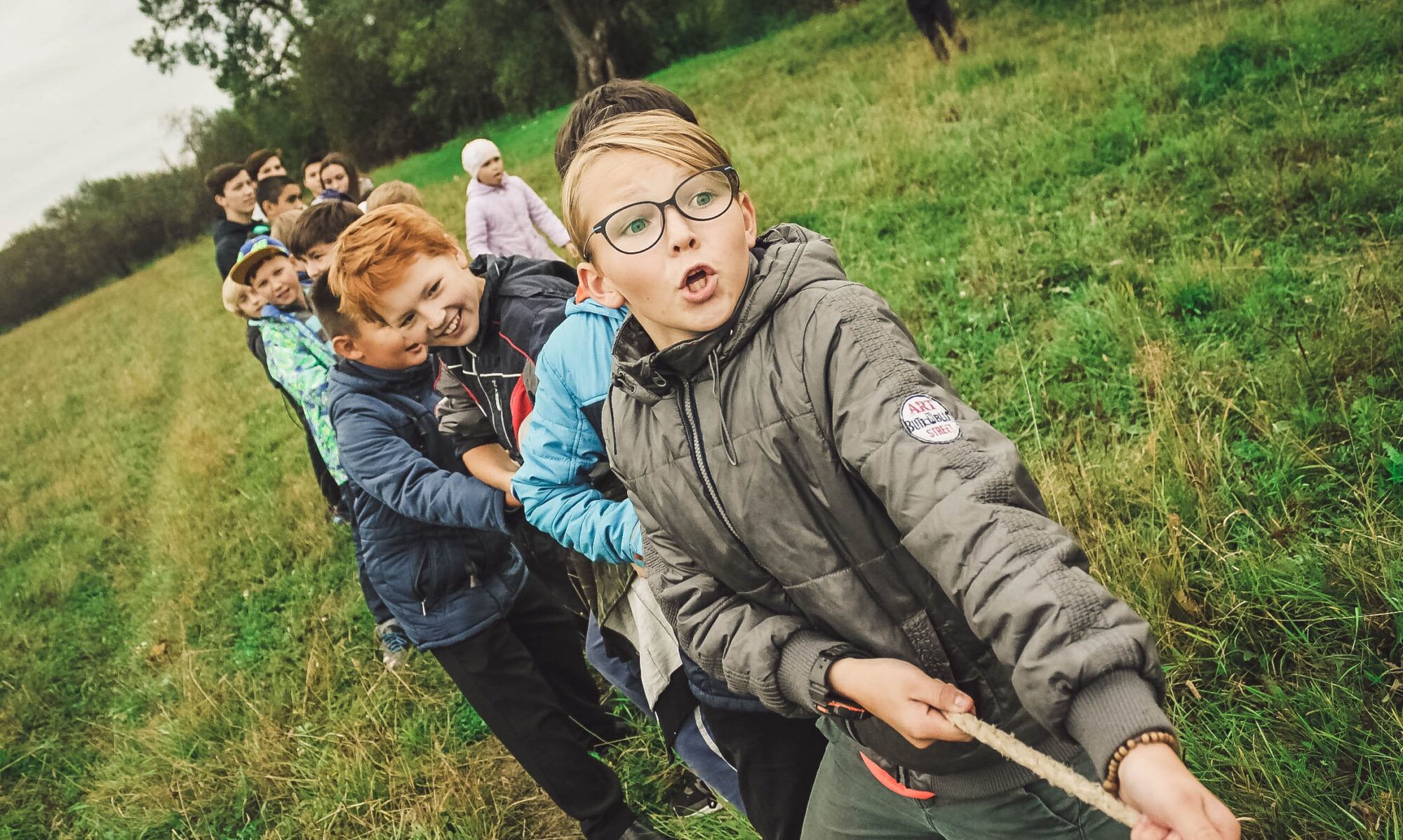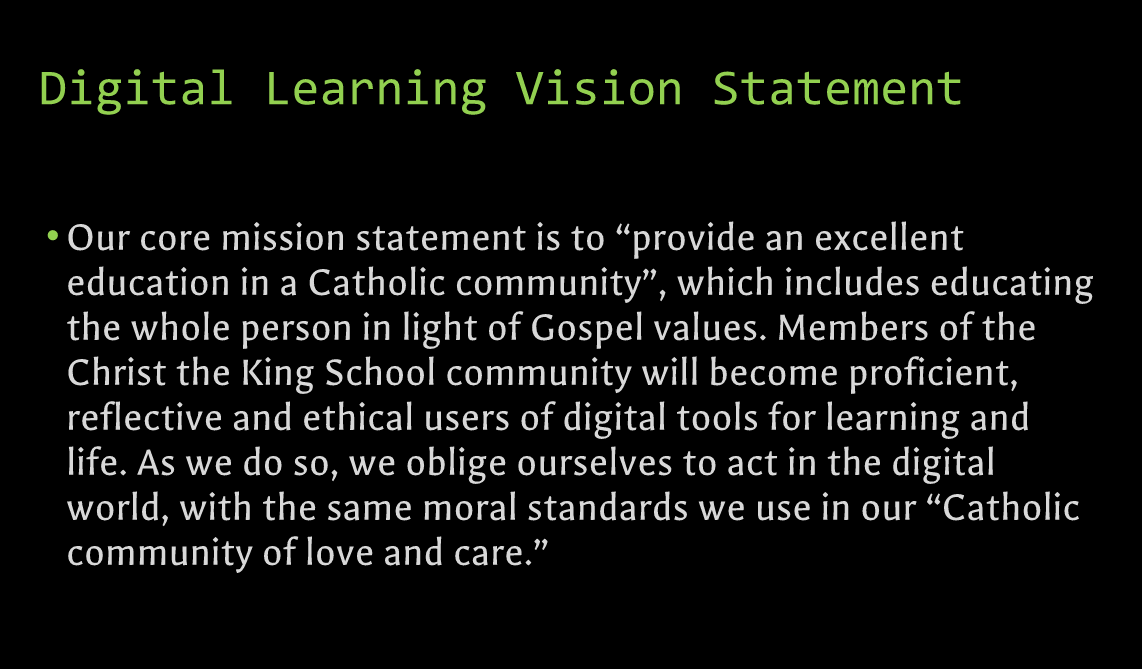A flexible pathway for religious choice
 In a time when combining 21st century skills with personalized learning is in the thoughts of educators, students, and parents, I see the choice of a faith-based education as a very specific personal pathway.
In a time when combining 21st century skills with personalized learning is in the thoughts of educators, students, and parents, I see the choice of a faith-based education as a very specific personal pathway.
But how does a faith-based education work in the context of 21st century learning?
Why faith-based education?
Now more than at any other time in history, especially in Vermont, we have the ability to provide flexible pathways to graduation for students. We can allow learners to craft their own educational strategies and pursuits in ways that honor their interests.
Why would we exclude faith from those interests?
As we think about the Association For Middle Level Education’s Keys to Educating Young Adolescents, we see a close alignment with and commitment to providing opportunities designed with the learner in mind. In terms of personalization, a path deeply rooted in faith can honor learners’ interests in incorporating their faith into their learning.
To be clear, my intent is not to say or point out that one school, public or private, is better than any other but simply to point out that this choice exists as a valid pathway for learning.
What faith-based education can look like in the 21st century
Blending ancient Scripture with modern technology
Angela Pohlen, Principal at Christ the King School, in Burlington VT, lays out how access to technology (Digital Learning) and the Catholic Mission can work in unison:
The 21st Century Prayerbooks
At Mater Christi School, in Burlington VT, students in Julia Melloni’s 6th grade Religion class assemble what she calls a “21st Century Prayerbook”. Students copy out prayers onto pages which they then bind themselves. They then add circuitry so that the books light up as the students turn the pages and study the prayers. Challenging? Fun? Educational? We asked the students.

https://youtu.be/
Of the intersection between faith and the modern world, Melloni herself says:
“In a world where the lack of understanding faith is at the crux of conflict, it is our responsibility as educators to speak about faith. Faith provides people with an opportunity to find hope within themselves.
Digging deep and developing grit is necessary in our 21st Century, so having depth is required to fulfill this.
Starting from the ground up, building a strong society comes from being whole and being comfortable from within. Faith-based education supports students in believing in themselves and moving forward in creating a peaceful, more just society.”
The Parables of the Puppet Pals
Another of Melloni’s lesson plans involves students using the iOS app Puppet Pals2 to craft skits illustrating The Parables.

One of the students in the class commented, “I liked it because it let us use technology…it helped me remember what we needed to learn in a short amount of time.”
A second student reported: “I thought it was a good way to express religion through technology. It was very fun to work with my friends.”
Per Mrs. Melloni: “The lesson addressed reading comprehension of Jesus’ teachings in the Bible as well as the depth of these moral teachings. Students worked in small groups to identify a parable that they wanted to explore. A script was written by students that included citing chapter and verse and dialogue of actors. PuppetPals2 was used for the students to act out Jesus’ lessons. A parables quiz was assigned with the videos as a study guide.”
Faith-based education as student choice
Perhaps the most compelling reasons that a faith-based education remains relevant in the 21st century is because students tell us it is.
Sitting down with some 7th grade students from St. Francis Xavier School, in Winooski VT, we got to hear what makes a faith-based education so important to them, and what they enjoy about their lives at St. Francis Xavier.

What role do you think faith-based education can plan in 21st century learning?
Image Leap of Faith by Jon Hamner, licensed under CC 2.0, modified with graphic element and text.


